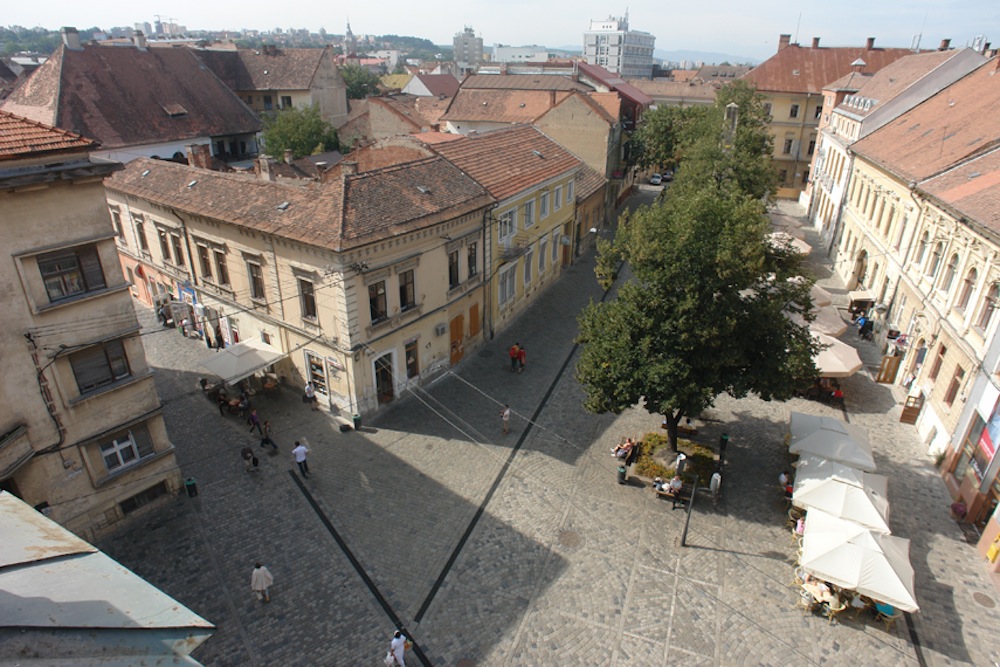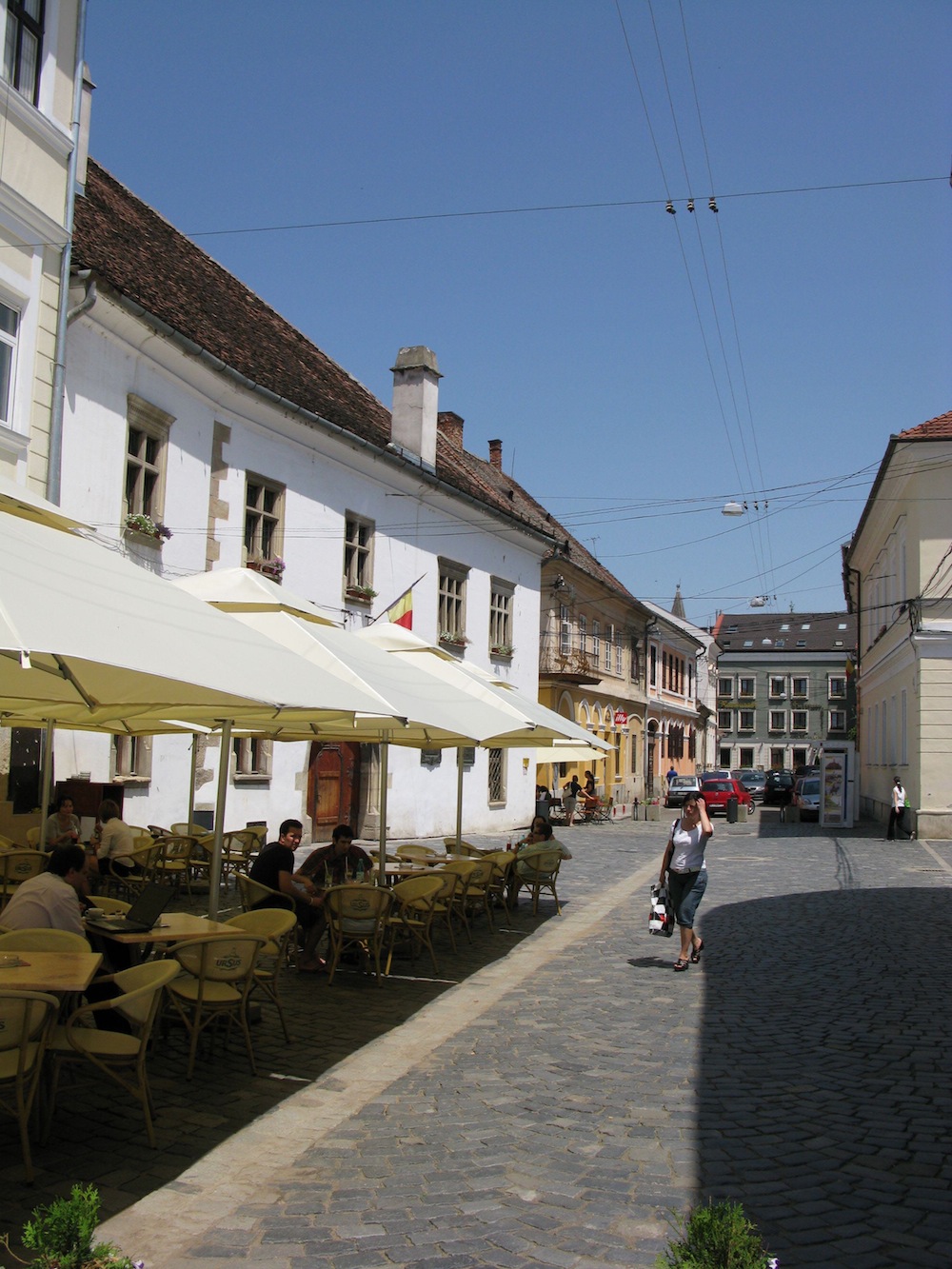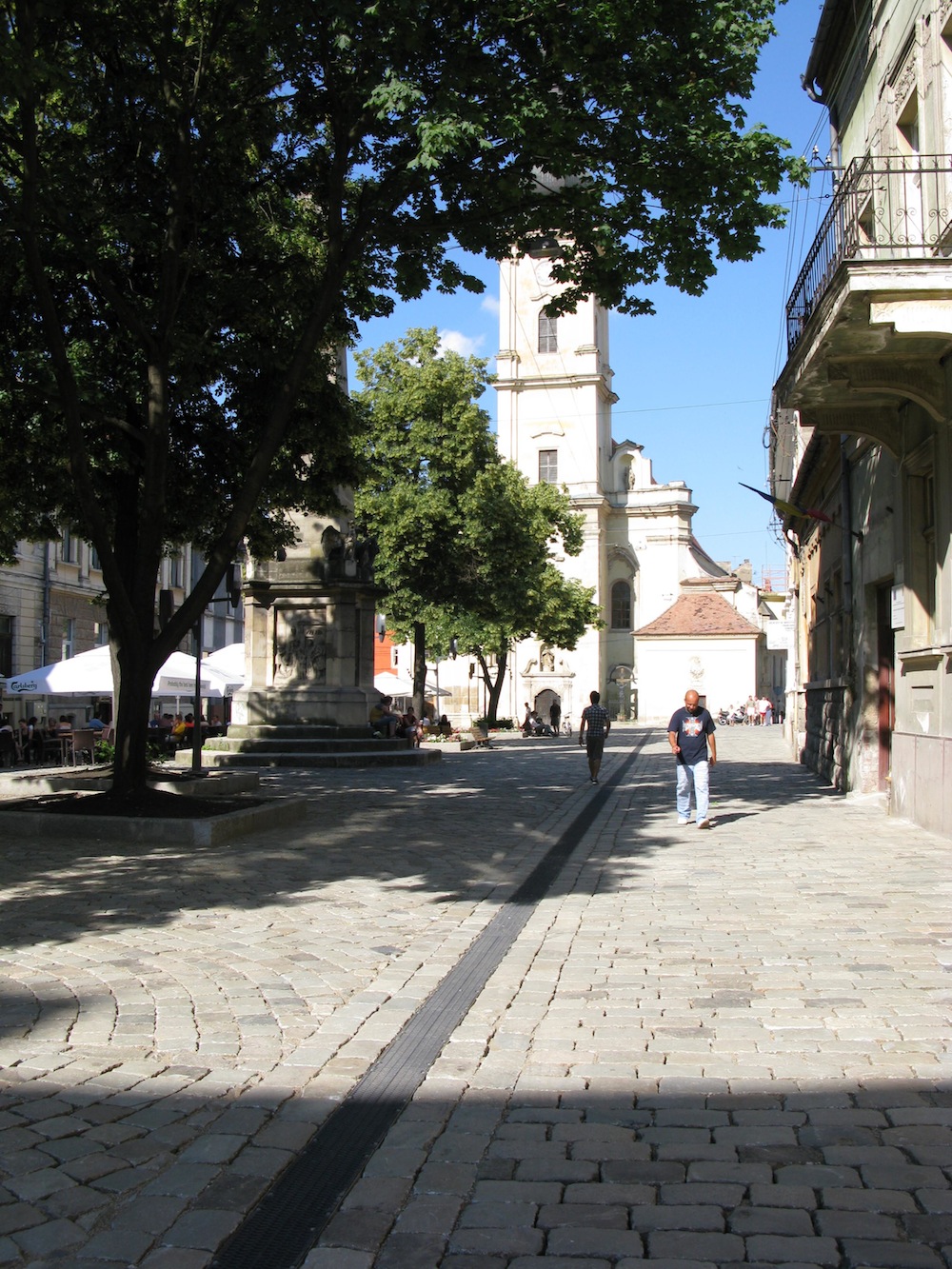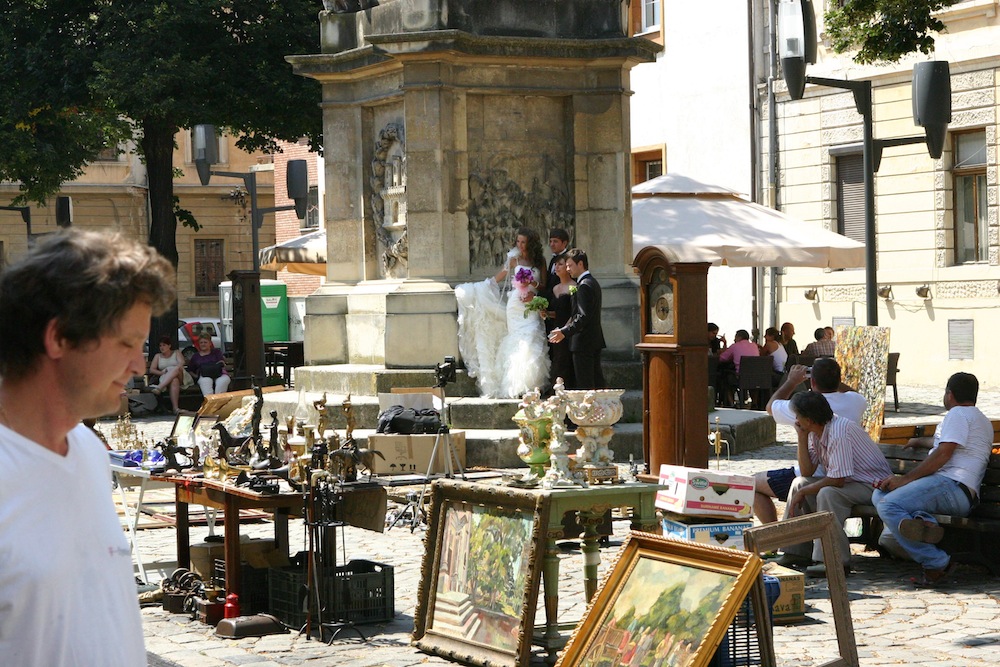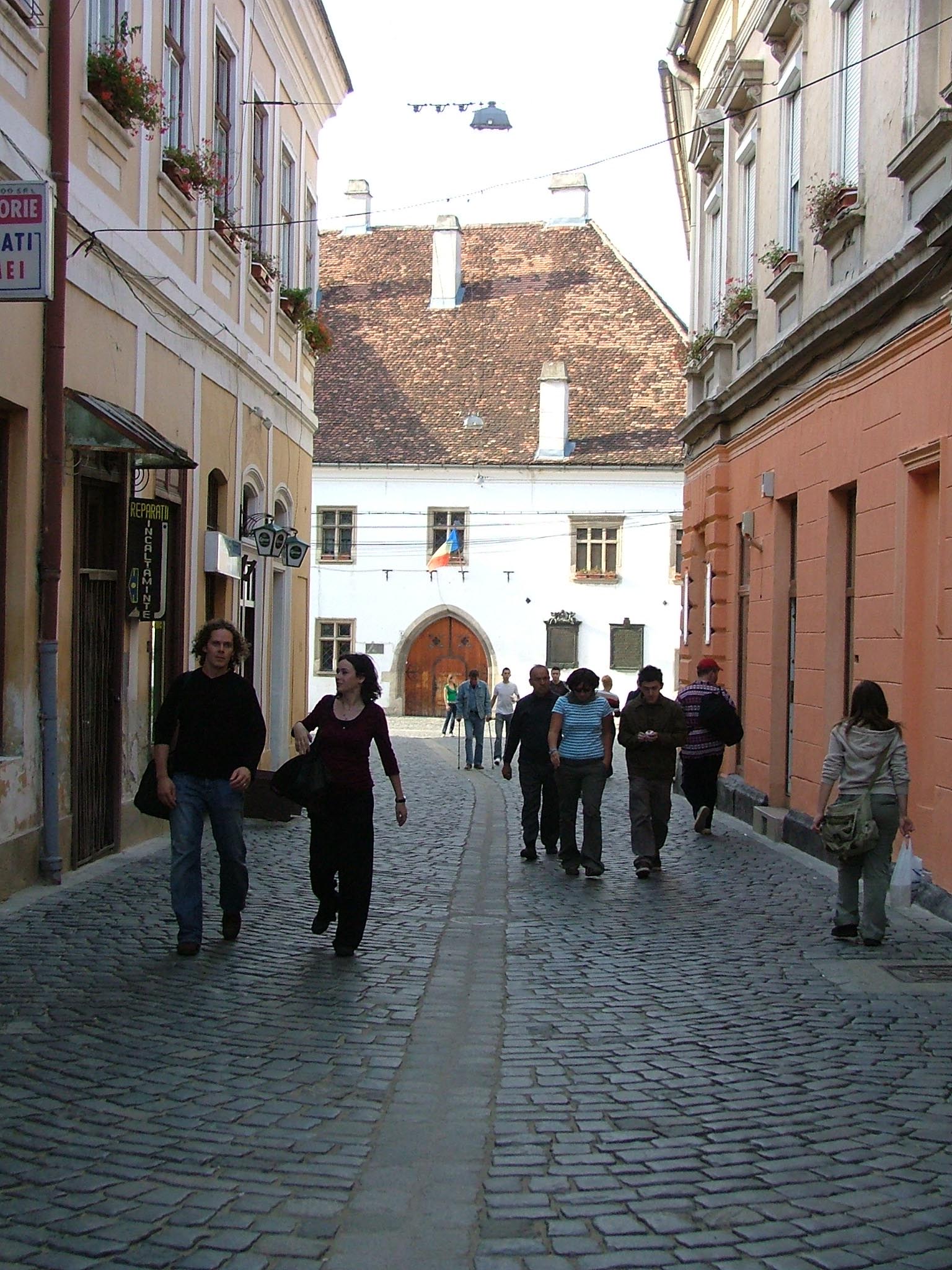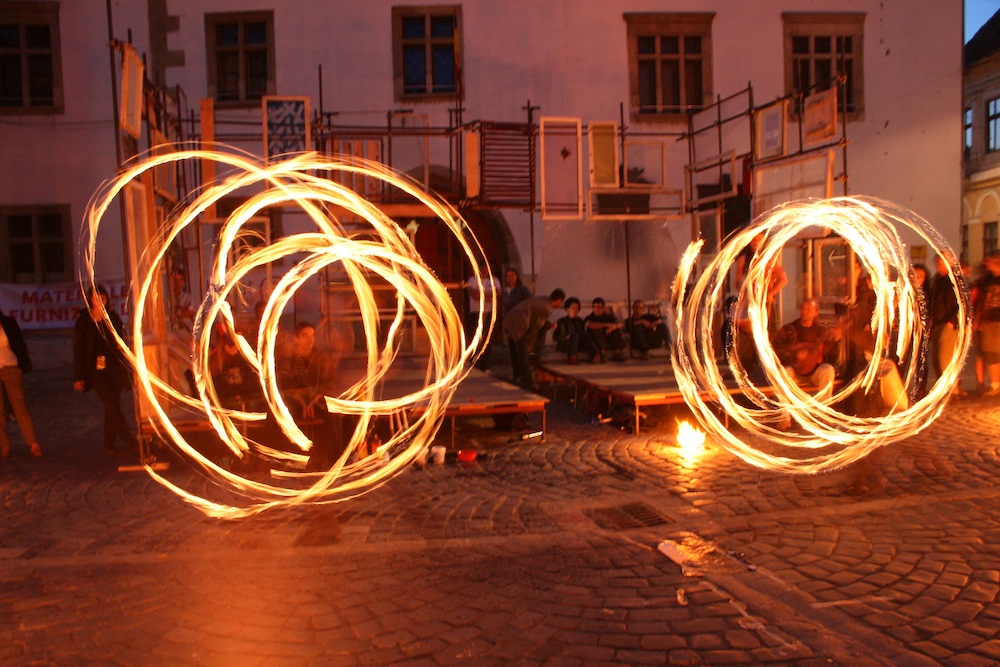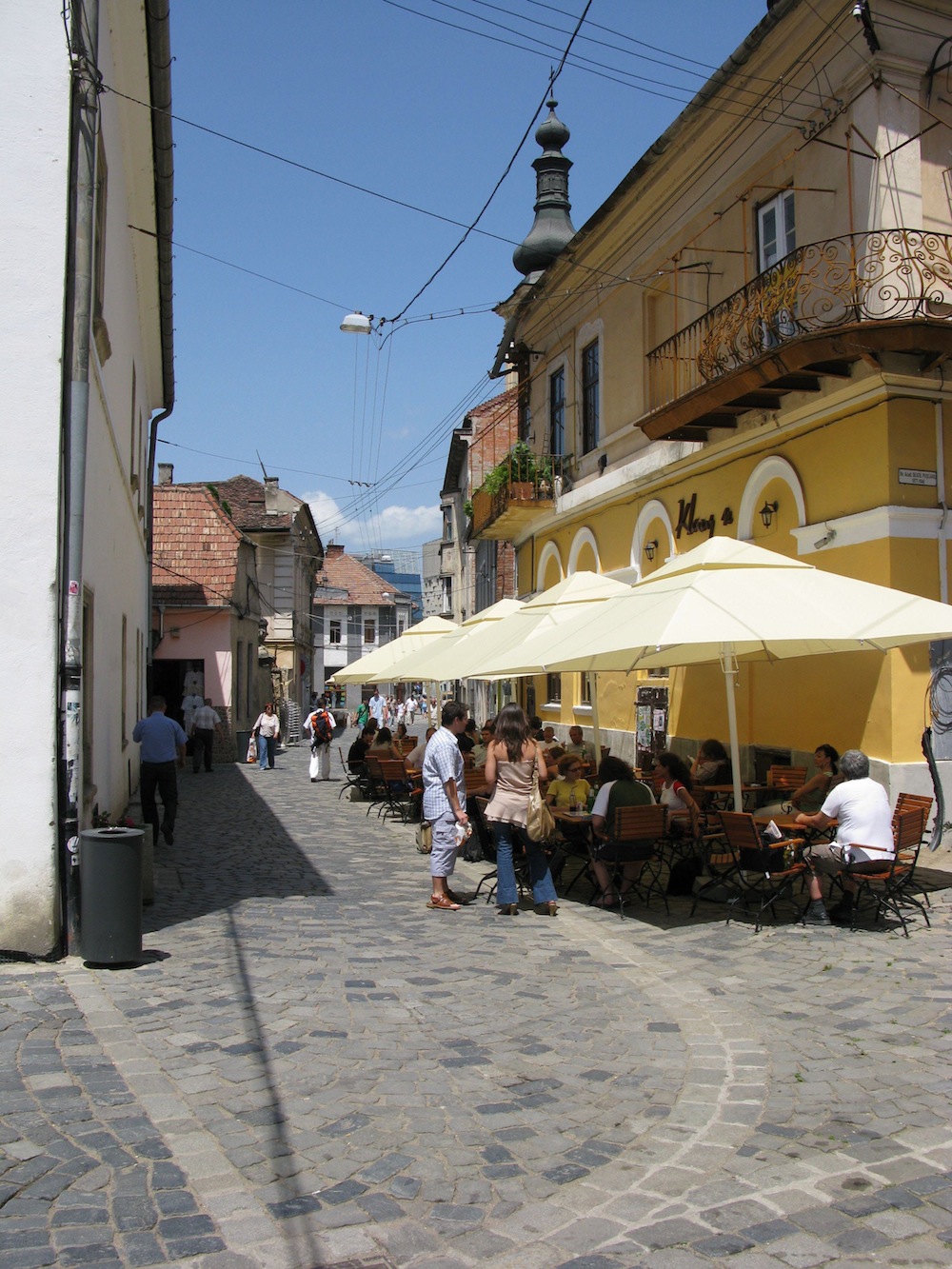Previous state
The city of Cluj-Napoca was founded in the centre of Transylvania approximately two millennia ago. Apart from the Roman remains that appear every time an excavation is carried out, the oldest traces of its urban structure date back to the fourteenth century when King Charles I of Hungary bestowed the status of civitas on the settlement. Although the town was not very big at the time, after a century, by which time fortifications had closed in an area of some forty-five hectares, its size had increased twelvefold. The sudden growth was not concentric and the old nucleus of the city was left sidelined at the periphery. The opening up of a new main square meant that the previous one, nowadays known as Piata Muzeului (Museum Square), was relegated to an outlying location, now bereft of its once-prominent statusBesides residential buildings, the facades of the square include those of a baroque monastery and a neoclassical palace, both of which represent an architectural complex of great heritage value. In 1902 the obelisk that currently occupies the centre of the square was installed, flanked by two large parterres that were closed to the public by metal fences. They were planted with trees that are now over a hundred years old and that, owing to the height of their canopies, considerably obscure views of the square’s historic facades. By the turn of the millennium, the city was showing the highest traffic density figures in Romania and the Museum Square had become an open-air car park. Its nineteenth-century cobblestones had disappeared under a layer of asphalt while raised footpaths ran along the bases of the facades of its buildings. Parking was chaotic and, along with the no-entry parterres, reduced pedestrian space to its minimum expression.
Aim of the intervention
As the city suffocated because of the volume of its traffic, the authorities initiated a study in 2005 with a view to improve mobility in the historic city centre. One of the first results was support for a project of renovating the square and its adjacent streets. Besides highlighting the value of its historic facades, the reforms aimed to offer the space exclusively to pedestrians and to take advantage of the proximity of the university to turn it into a place for lingering and that would eventually serve as a venue for crowd-pulling events.Description
Apart from the square itself, the scope of the intervention takes in a good number of the adjoining streets. The construction of a car park beneath a nearby park has made it possible to banish the private vehicle from the zone. Removing the asphalt that covered the square has enabled renovation of its subterranean sewage installations, as well as those of water and light supply. Restoration of the nineteenth-century cobblestones has been extremely difficult since, for decades, the city’s streets had been covered with concrete and asphalt in different urban development initiatives and the only craftsmen who know how to work with cobblestones are now in their eighties. In the end, they took over the job of supervising the workers in this task. The street lighting and other items of street furniture have also been renovated and a new fountain installed. The old parterres and their fences have been eliminated although the hundred-year-old trees have been respected. They now occupy five separate garden plots surrounded by benches.Assessment
Romania took a little longer than its European neighbours to be afflicted by the harmful consequences of the massive use of the automobile in cities. However, it has been demonstrated here, too, that traffic restrictions greatly humanise historic city centres, taking them back in many aspects to the state they were in at the end of the nineteenth century, a period of urban history that has become a landmark reference for those cities that aspire to recover a hedonistic occupation of their public spaces. Besides the felicitous renovation of the nineteenth-century cobbled paving from this point of urban history, the Museum Square and its contiguous streets have been given new life. Now the sector attracts residents, students and tourists who make peaceable, pleasurable use of the space.David Bravo Bordas, architect
[Last update: 02/05/2018]


